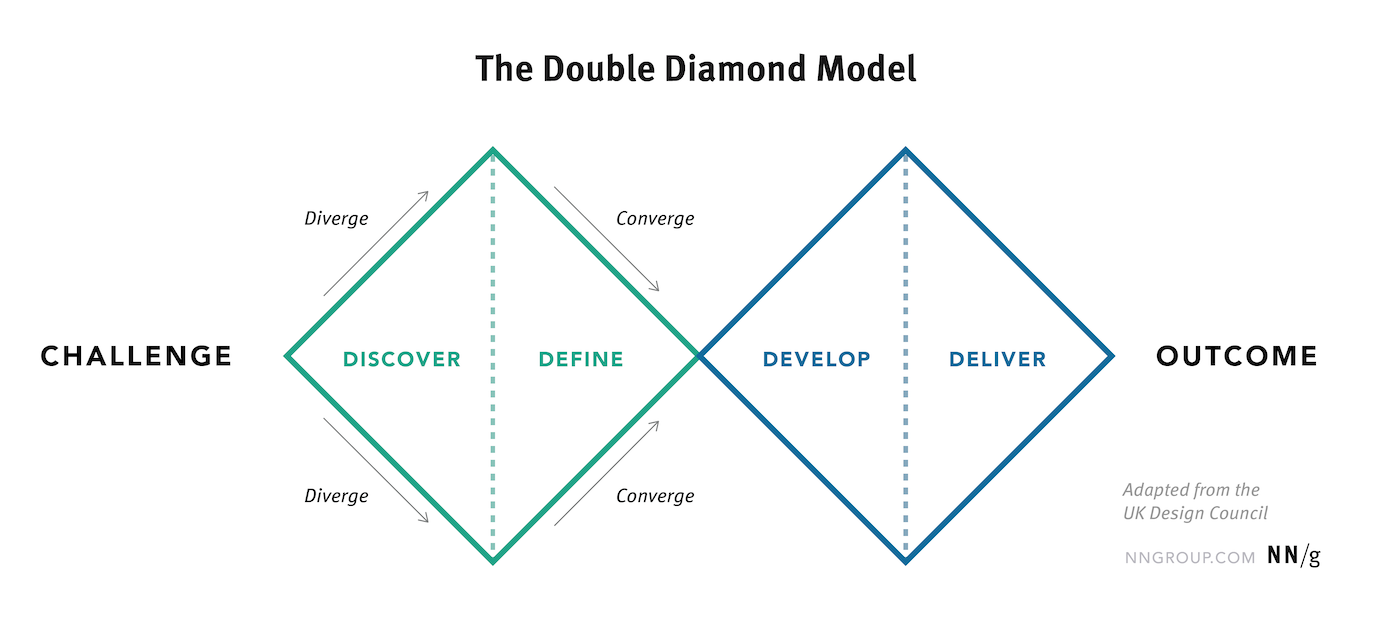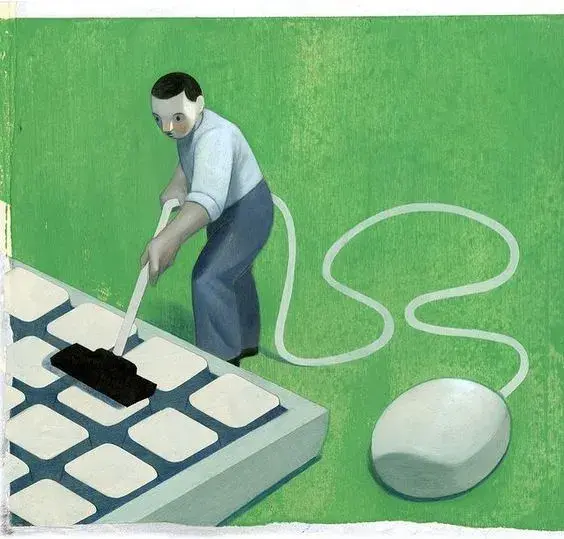In the first part, we tried to detail the essence of Lean UX, a method officialized around 2013 with the book Lean UX: Designing Great Products with Agile Teams by Gothelf and Seiden. Remember that this approach, inspired by human-centered design and the Agile philosophy, argues that the solution to modern business problems lies in our ability to:
- develop our empathy for users;
- work from experimentation, learning and continuous improvement perspective;
- think in terms of outcomes, not outputs.
Now let’s take a look at these last two core capacities, starting with the ability to experiment and continually improve.
 Continuous improvement and experimentation
Continuous improvement and experimentation
The second ability to acquire is continuous improvement. Research, design, programming and implementation… Everything must be done continuously, right from the start of a project and even beyond the end of it. But your company's ability to perform in a logic of continuous improvement primarily depends on its ability to experiment. In Lean UX, we mustn’t lose sight of the fact that each work cycle is a means of testing and experimenting. It’s no coincidence that continuous improvement is represented as a cycle: it is iterative, the goal is to try, learn and try again.
For those of you who are familiar with DevOps, you may notice how these two methodologies go hand in hand. If you don’t know about it, we invite you to read our article on the subject. Of course, you can also compare Lean UX to the design method. If you are intrigued or very visual, compare the double diamond in design to Lean UX cycles or even to other Agile methods. You will see. 😉

Continuous improvement isn’t just about trying to squeeze the old workload into very short production cycles. Yes, we are looking for shorter production cycles, but we do it to quickly test hypotheses with users. We must avoid releasing everything in a large, complex, refined and expensive block, only to be discouraged when the tests show us that our solutions were wrong.
To be Lean UX, we must value MVPs (minimum viable product) and exploit the concept to the maximum, which implies being able to throw away ideas that didn’t work, but also rework those with potential. An MVP is never a finished product. Meaning that the best way to do continuous improvement… is to do the bare minimum. 🏖😎
What?
« Doing the least amount of work isn’t lazy. It’s lean. » Indeed! If we truly value experimentation, we should see each iteration and sprint as a way to learn or test something. That's the goal of an MVP: to allow us to validate or invalidate ideas, so there's no need to complicate things. Do we need the visual layer to be perfect in order to test this feature’s relevance? Would a simple paper prototype be enough to test our information architecture? The answer is often yes. Let's enjoy it!
Iterate… but by moving away from phases
In Lean UX, it’s easy to determine what you’re going to build first (Hallelujah!). Start by testing what poses the greatest risk to the project (and therefore, what will potentially cause the bigger changes) and what you feel has the most potential for success, and then refine. The difficulty is to restrain from throwing everything else into a mythical “Phase 2”.
By opting for a continuous improvement approach, the project phases are replaced by a list of hypotheses to validate. It’s possible, and even desirable, that your solution takes a different turn and that some of the hypotheses no longer apply. That's ok: trust the process, it’ll help you sort it out a bit. « Responding to change over following a plan. »

 Focus on outcomes, not outputs
Focus on outcomes, not outputs
One of the hardest changes a service company has to make is to not determine in advance the shape of the solution, but rather to agree on the problems to be solved (outcomes over outputs). In any case, in larger projects, trying to predict the exact form a solution will take and when it will be released to the day puts unnecessary pressure and responsibility on the team, limiting their ability to find innovative and creative solutions.
In the end, what do you really want to know? The exact shape of your solution or the results it’ll allow you to achieve? In every project, we seek to respond to a problem or a lack. If there is no present or anticipated need, where is the value? No one is trying to create mere noise.
Thinking in terms of added value makes it possible to intuitively integrate user research, continuous improvement and testing activities to your project.
Redefining our relationship with clients
Service companies and their clients can work in Lean UX and produce innovative results that meet the needs of their users. We simply have to change the way we see client relationships. No longer think in terms of “ordering deliverables”, but rather see all exchanges as partnerships. What we “order” is a team of specialists to work with in order to solve our problems. This requires more responsibility and involvement on the part of the client, but the paradigm shift can produce much more close-knit and fun relationships, in addition to bringing projects to a level otherwise unattainable.

 What now?
What now?
Where to start your Lean UX shift? Go iteratively, one small bite at a time. Your first step might be to read Gothelf and Seiden's book with your colleagues and get interested in the Lean UX Canvas.
Then, if you’re still interested in switching to Lean UX, Laura Klein's book UX for Lean Startups will be a good tool to start. It’ll help you see more clearly and will guide your project.
Ready to test your hypotheses? There are a bunch of UX design tools that can meet your needs. Look at IDEO's method cards or tool banks like This Is Service Design Doing.
If you need support to guide your team or if you don’t have the necessary in-house resources or expertise, check out our Team as a Service . We’re here to support you in your digital transformation. So, what are you waiting for? 😉

December 10, 2020 • news
Because we have to start somewhere

July 23, 2025 • ux
Eco-responsible design at Devsights

December 10, 2020 • devops
A DevOps Journey - The beginning

December 10, 2020 • news
Because we have to start somewhere

July 23, 2025 • ux
Eco-responsible design at Devsights

December 10, 2020 • devops
A DevOps Journey - The beginning
Want to discuss?
Do you have a digital project idea we could help you with? Do you just want to discuss or have questions? Don't hesitate to contact us, we'll be happy to respond!
We use cookies to ensure our website works properly and for research and development purposes to improve our products and services. By clicking 'Accept all cookies', you consent to use our website with cookies





